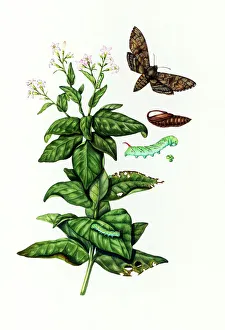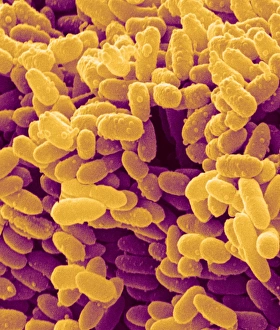Crop Damage Collection
Crop damage can be a devastating blow to farmers and gardeners alike, as it not only affects their livelihood but also disrupts the delicate balance of our ecosystem
All Professionally Made to Order for Quick Shipping
Crop damage can be a devastating blow to farmers and gardeners alike, as it not only affects their livelihood but also disrupts the delicate balance of our ecosystem. The sight of a tobacco hornworm feasting on a tobacco plant serves as a stark reminder of the challenges faced by those in the agricultural industry. These voracious pests can quickly decimate crops, leaving behind nothing but destruction. But insects are not the only culprits when it comes to crop damage; fungi also play their part. The potato blight fungus, seen under an electron microscope, reveals its intricate structure that wreaks havoc on potato plants. Its presence can lead to significant losses for farmers who rely on this staple crop. Bacteria too have their role in causing crop damage. Erwinia bacteria, captured at high magnification using both scanning and transmission electron microscopes, show just how tiny yet destructive they can be. These microscopic invaders attack various crops with relentless force, leading to rotting and decay. The gardener inspecting a damaged radish crop showcases the frustration felt by individuals who put time and effort into cultivating healthy plants only to witness them succumb to pest infestations or diseases caused by these harmful organisms. Even cabbage is not spared from nature's wrath as caterpillars of the Cabbage white Butterfly leave behind ravaged leaves in their wake. This image taken on an allotment in Cumbria UK highlights how even small-scale growers face battles against pests that threaten their hard work. Crop damage serves as a reminder that agriculture is more than just planting seeds; it requires constant vigilance and proactive measures against these threats. Farmers must employ integrated pest management strategies while scientists strive towards developing sustainable solutions such as biological controls or resistant crop varieties. In this ongoing battle between humans and nature's forces, understanding the mechanisms behind crop damage becomes crucial for finding effective ways to protect our food supply chain and ensure global food security for generations to come.





